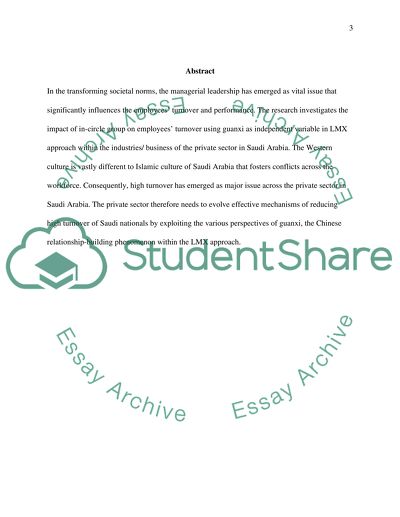Cite this document
(“The affect of in circle group on turnover intention in Saudi Arabia Research Proposal - 1”, n.d.)
The affect of in circle group on turnover intention in Saudi Arabia Research Proposal - 1. Retrieved from https://studentshare.org/human-resources/1653663-the-affect-of-in-circle-group-on-turnover-intention-in-saudi-arabia-business
The affect of in circle group on turnover intention in Saudi Arabia Research Proposal - 1. Retrieved from https://studentshare.org/human-resources/1653663-the-affect-of-in-circle-group-on-turnover-intention-in-saudi-arabia-business
(The Affect of in Circle Group on Turnover Intention in Saudi Arabia Research Proposal - 1)
The Affect of in Circle Group on Turnover Intention in Saudi Arabia Research Proposal - 1. https://studentshare.org/human-resources/1653663-the-affect-of-in-circle-group-on-turnover-intention-in-saudi-arabia-business.
The Affect of in Circle Group on Turnover Intention in Saudi Arabia Research Proposal - 1. https://studentshare.org/human-resources/1653663-the-affect-of-in-circle-group-on-turnover-intention-in-saudi-arabia-business.
“The Affect of in Circle Group on Turnover Intention in Saudi Arabia Research Proposal - 1”, n.d. https://studentshare.org/human-resources/1653663-the-affect-of-in-circle-group-on-turnover-intention-in-saudi-arabia-business.


